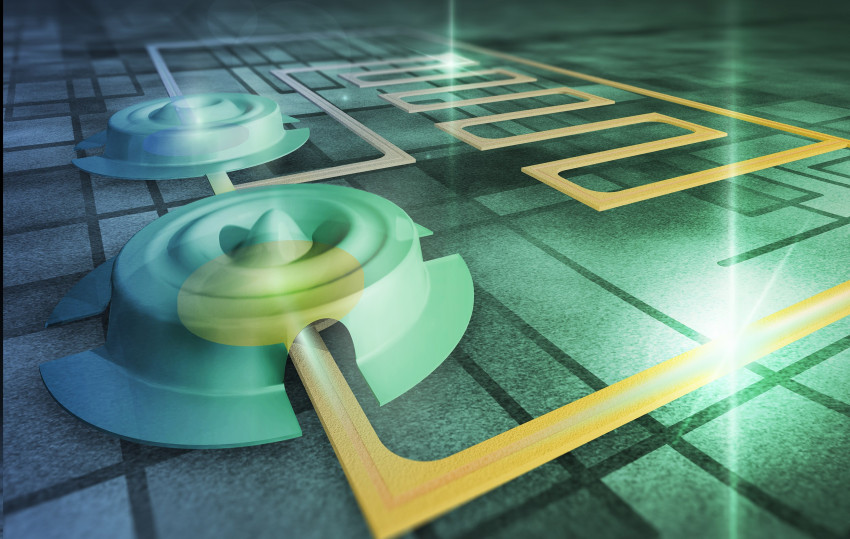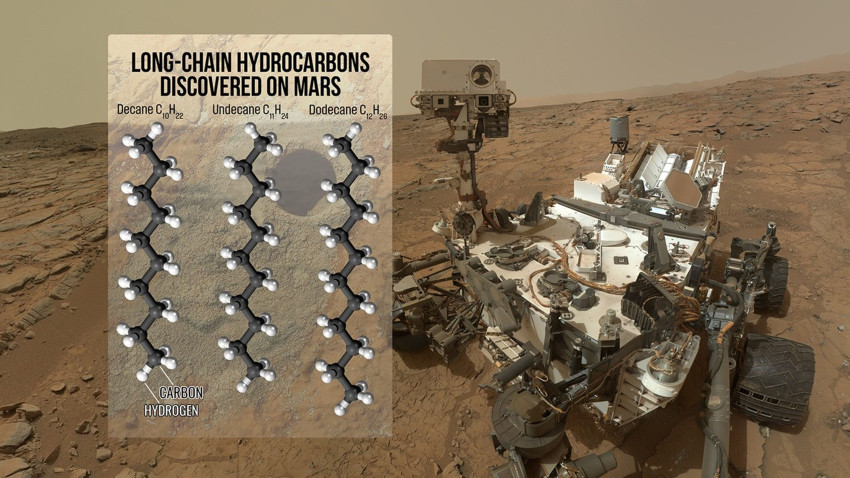
Even macro objects can become entangled
Entanglement, the quantum-mechanical phenomenon by which objects instantaneously copy each other's behaviour, now appears to work on macro objects too. Two studies show how vibrating objects can become entangled. Until now this was only possible with a few atoms or light particles.
The studies of quantum entanglement, published on 26 April in Nature, show that entanglement is possible with larger objects than physicists had previously thought. Although it was theoretically possible to entangle at a macro level, it proved to be a huge challenge in practice. That's because objects larger than a single atom or light particle suffer from vibrating atoms around the object. A stray atom is very likely to cause the vibrational level of one object to be just slightly different to that of the other, destroying the entanglement.
To prevent this, researchers (from Delft University of Technology and Australia's University of New South Wales) had to keep all disturbances away from the objects. This required cooling the test area to 0.1 Kelvin (-273.05°C). The physicists then used electromagnetic radiation (microwaves) to achieve entanglement.
NO TALKING
This approach worked. Although both groups used a different method in terms of the details, the experiments had the same result: the objects moved in precisely the same way. They 'knew' each other's motion, although the drum heads / feathers couldn't communicate over their vibrations. That's what entanglement means for quantum physicists: identical behaviour or state, without the objects talking together about their behaviour.
In both experiments, the entangled objects were relatively large in comparison with a single atom or light particle: a couple of micrometres in size, and comprising billions of atoms. The experimental results now open the door to experiments with even larger entangled objects, triggering all sorts of new (physics) questions: how does entanglement react, for example, to the gravitational forces that influence objects?
QUANTUM INTERNET
Further into the future, larger entangled objects could in theory be used to communicate instantaneously and entirely securely, for instance. In that event, you input information into one of the entangled objects, and the other then adopts that information as a result of the entanglement process. A quantum internet could work with vibrating drum heads or feathers, instead of light particles. That would make it possibly more stable and more practical, as light particles regularly disappear during the entanglement process, but this does not occur with a drum head. However, it'll be decades before we get that far.
If you found this article interesting, subscribe for free to our weekly newsletter!






